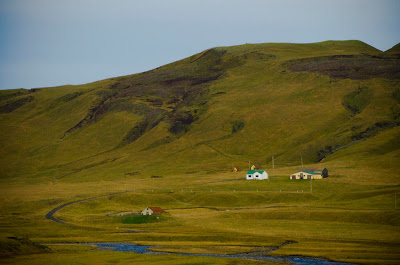"For the travelers, stars are guides. For others they are nothing but tiny lights"
Antoine St. Exupery, The Little Prince
And now something entirely different. The last post was about the world's largest fresh water system. This post will be about one of the most unique things I've ever seen: the worlds friendliest sand dunes, the Lencois Maranhenses. The northern state of Maranhao is rarely on itineraries for travelers in Brazil. It's far away from Rio, Salvador, the gold towns of Minas Gerais, and is not the Amazon. But perhaps it deserves more credit than its given.

We started by flying into Sao Luis, which I was surprised to hear from our guide was Brazil's fourth largest city. I was surprised mostly because Wikipedia lists it as Brazil's 16th largest city (after two Sao Paulo suburbs no less). Our guides would continue to patriotically inflate Maranhao's importance in the world throughout the trip, usually in categories that were easily verifiable. Across a tumultuous channel by sailboat lies the colonial town of Alcantara and Brazil's space program headquarters. The museum for the space program, in addition to being housed rather incongruously next to a 16th century church and a place that sells batteries individually, featured exhibits constructed of posterboard and blown up photos of launches, and an old machine with some phones attached to it. Brazil's space program is the world's fourth largest, said the guide.




The sand dunes are a national park, and once inside the park you can only hike. We chose the 'death march' version, doing two full days of hiking on the dunes. To avoid the wind and sun, hikes begin at 3AM, when the stars and the moon cast a soft glow across the sand. The night hiking was perhaps the best part of hiking, the most serene and most beautiful, and the least possible to capture on a camera. But these dunes are friendly, even during the day, and the temperature was reasonable, the sand cool, and there were plenty of pools to jump into when it was time for a break.






There's water everywhere. If you dug a foot into the sand at some places water would flood in. But the harshness of the sand keeps plants from growing. But it didn't keep rivers from flowing, and after many hours of hiking, we rode up one of the rivers, passing several towns that cling to the edge of the dunes and seeing the occasional Japanese tour group (they apparently love this place), and then we were back in Sao Luis.


Sao Luis, recently downgraded to the sixteenth largest city in Brazil by facts, is still one of the older cities in Brazil. It is frequently stated to be an island, especially by the guide, though it appears on the map to me to be a peninsula. The French founded it in the early 1600s, only to lose the fort and town within 20 years. Its age makes the old city an architectural gem, and its selection of tile-covered buildings is a delight to those of us who like tiles. Still, despite being (according to our dubious guide and not confirmed by real facts) the second most important port in Brazil, it has a run down feel to it. There are new parts of the city, but for the most part it feels like a city falling a bit behind. Maranhao mostly exports commodities, and as China and the commodities market have cooled down, there's a definite cooling down of the city as well,
More to come soon . . . Chile and Rio de Janeiro!



































































